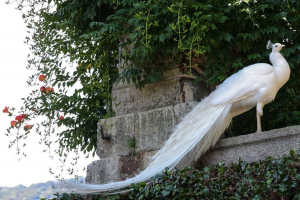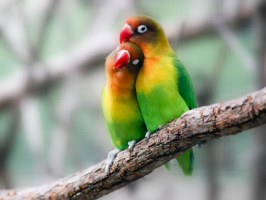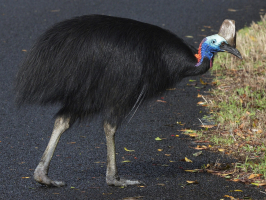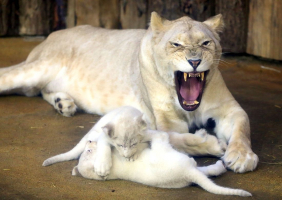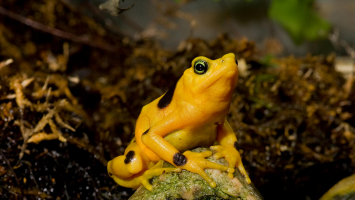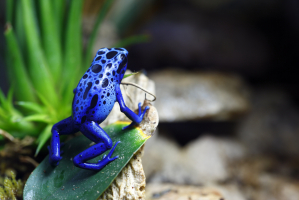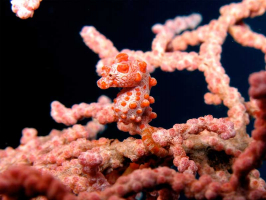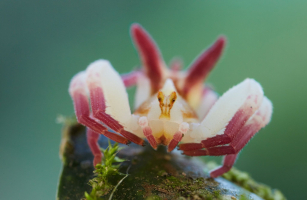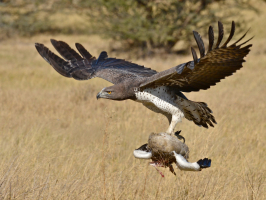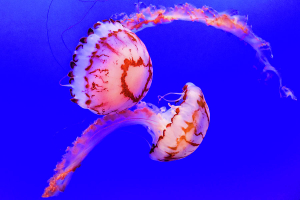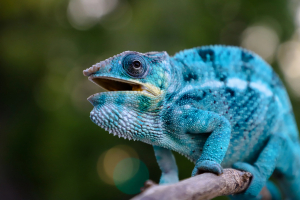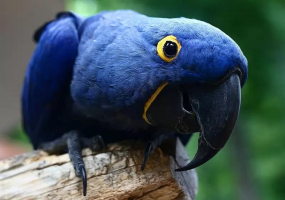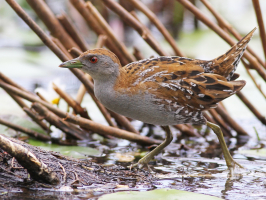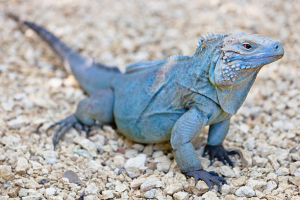Top 10 World's Most Solitary Animals
Similar to people, some animals are gregarious and prefer spending their entire lives in groups, herds, or pairings, while others like isolation, serenity, and ... read more...being on their own. These solitary animals are independent because that's how they can survive, not because they are lonely, unhappy, melancholy, or miserable. Here is a list of the most solitary animals in the world, let's find out!
-
Skunks come in a variety of varieties, and they tend to live alone most of the time. This makes sense since when skunks feel threatened, agitated, or attacked, they release a potent odor that repels any animal within a few meters. They like to live their lives as free, independent individuals, unlike other mammals, even those from the same family.
Skunks, especially females, may share niches in cooler areas, though. Male skunks can mate with multiple females, but they are doomed to death after that. Female skunks remain with their units for a year once they produce offspring and are protective of them.
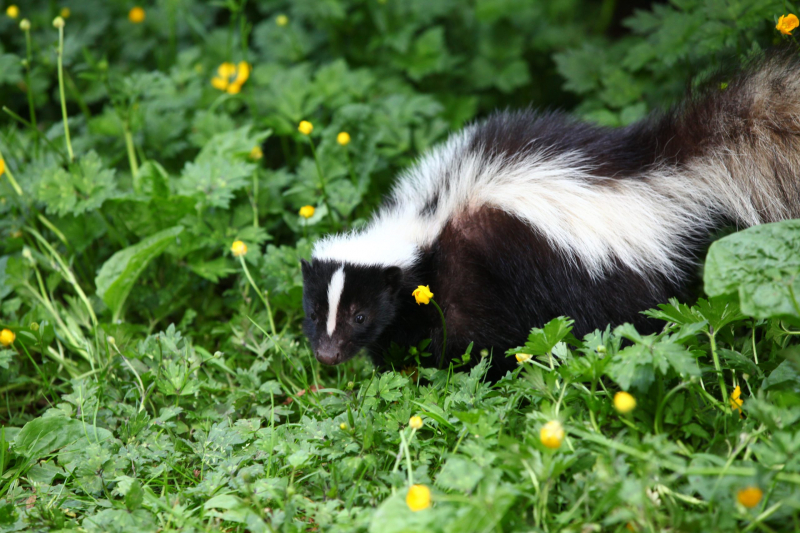
Via: National Geographic 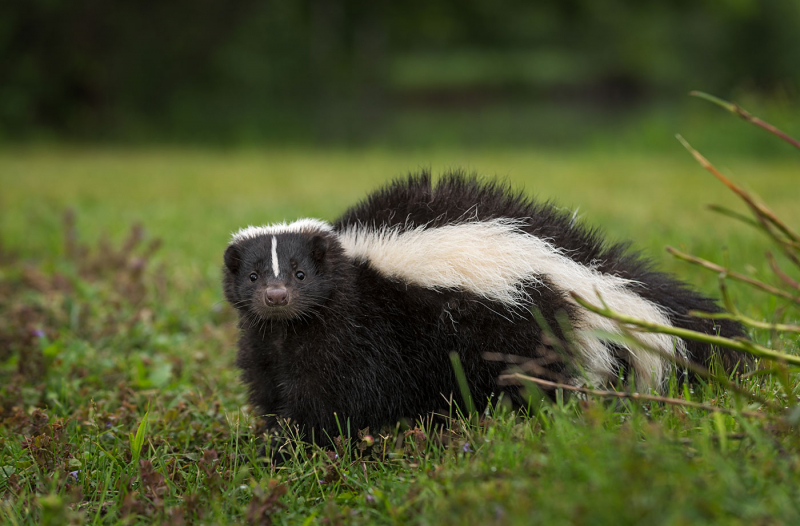
Via: Natural Resources Council of Maine -
The largest terrestrial carnivore on the planet, polar bears spend most of their time around bodies of water and ice. The polar bear enjoys having a rather isolated existence. Adult polar bears are often not very sociable, save from actively pursuing mates in the late spring and early summer and caring for their offspring.
This can be seen when the mating process is taking place. Once they've met their mate, these bears are only together for approximately a week before they separate, and the male may then seek out another mate. Males locate females by tracking their smell.
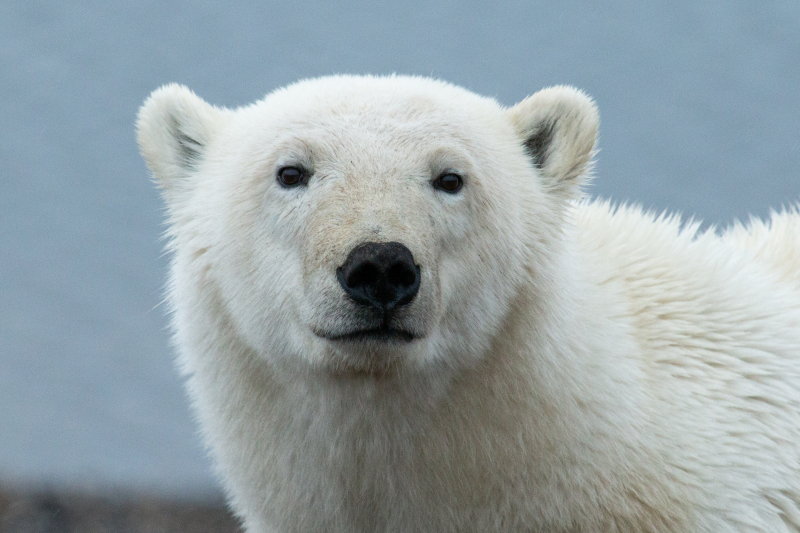
Via: Plugged In 
Via: National Today -
Rhinos are not known for their tolerance toward other animals. They are not very patient and have a grumpy personality, which makes them somewhat aloof. Bulls and black rhinoceros generally prefer to be alone while female white rhinos don't mind spending time together. But when it comes time to mate, all the energy saved by living alone is lost. Only during the breeding season do male rhinos congregate to court a female.
The black rhinoceros can spend time and form bonds with others, despite being one of the most lonely creatures in the world. If they are of different ages, they get along better since they don't perceive each other as a threat.
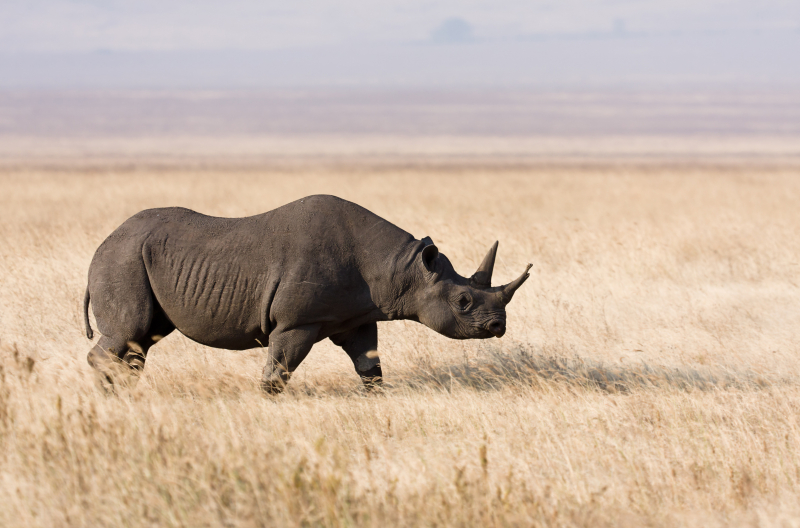
Via: Wikipedia 
Via: World Wildlife Fund -
Orangutans are intelligent primates with striking red coats that live in semi-solitary groups in the wild. Their long, strong arms, gripping hands, and grasping feet help them to travel quickly among the branches, which is why they spend most of their time hanging out in trees.
Because the male and female orangutans' home grounds overlap, the two sexes may come into contact briefly while moving about and foraging. In enormous fruiting trees with an abundance of fruit, orangutans will occasionally congregate and eat. The offspring of adult female orangutans, who are dependent on their moms for at least six to seven years, also travel with their mothers.

Via: New Scientist 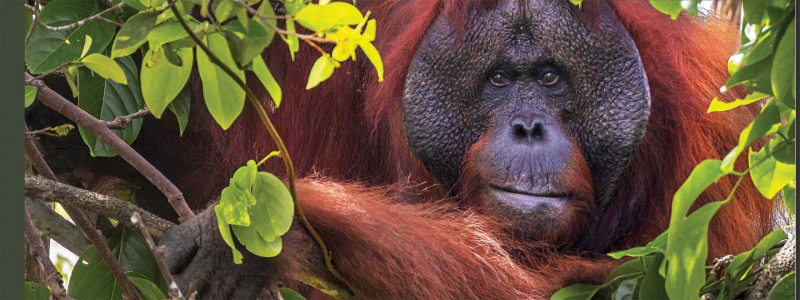
Via: Environmental Investigation Agency -
Snow leopards have evolved to live in some of the harshest conditions on Earth. They scale the great, steep slopes of mountains in Central Asia with ease, blending into the landscape. But these majestic and elusive cats face many threats including habitat loss and degradation from climate change and human encroachment, retaliatory killings resulting from human-wildlife conflict, reduced prey, and poaching.
Due to their elusiveness, snow leopards are sometimes known as the "ghost of the mountains". In addition to being extremely shy, their coats' color makes them hard to spot in the rocky, snowy area they inhabit. Since it is so uncommon to observe two snow leopards together, there is no term for a group of snow leopards. Snow leopards are solitary animals.
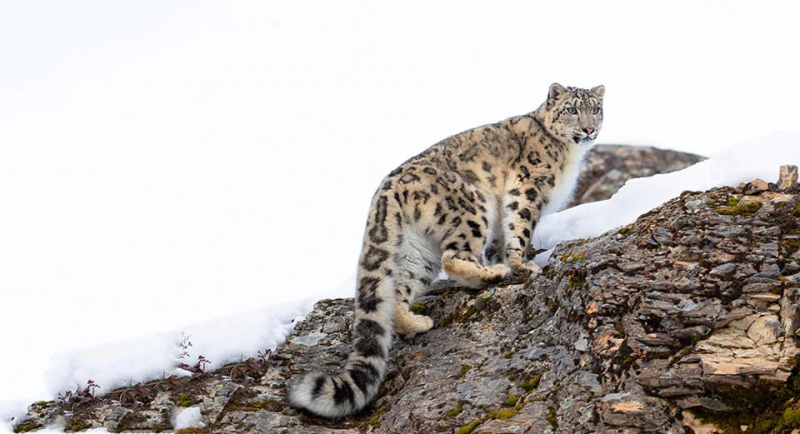
Via: The White Lion Foundation 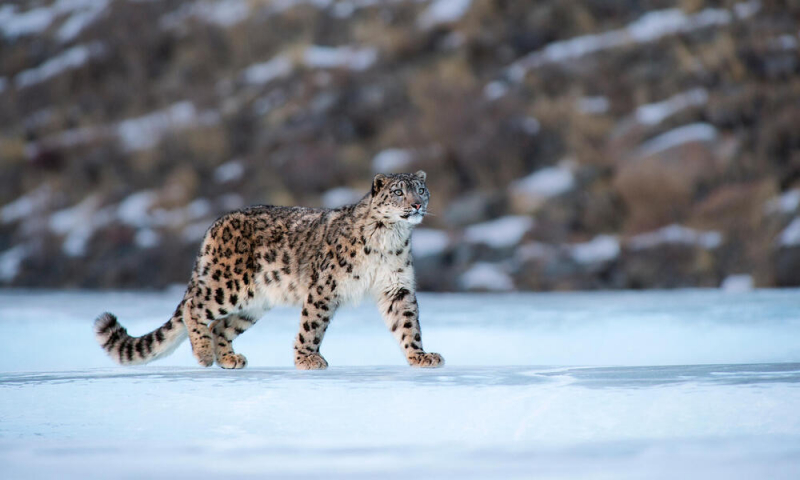
Via: World Wildlife Fund -
The unique tribe of underground dwellers known as moles is another one of the most isolated and withdrawn animals in the entire animal kingdom. Moles create networks of tunnels beneath the surface of the earth as homes, and they don't like to share the area with other creatures.
Moles are often considered pests by gardeners and farmers. The tunnel is up to 20 meters every day while living underground, leaving distinctive molehills on the surface. They also create sizable chambers for resting, lining them with dried grass. Mole tunnels are frequently used for several generations after being built. They seldom ever appear above the surface, in fact. When their areas overlap, they may end up fighting because they avoid encountering other moles.
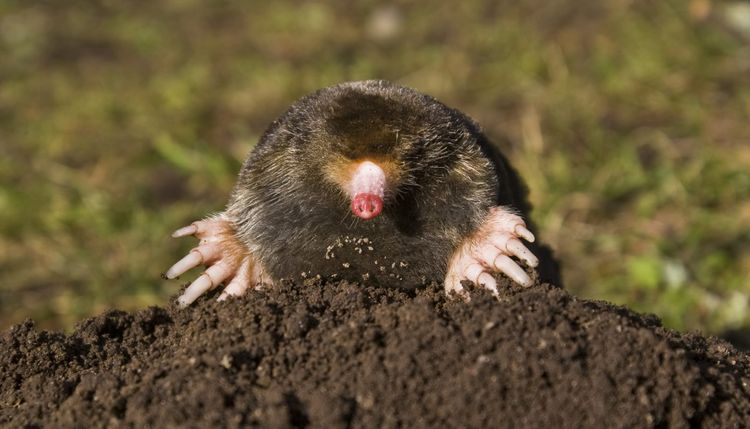
Via: Kidadl 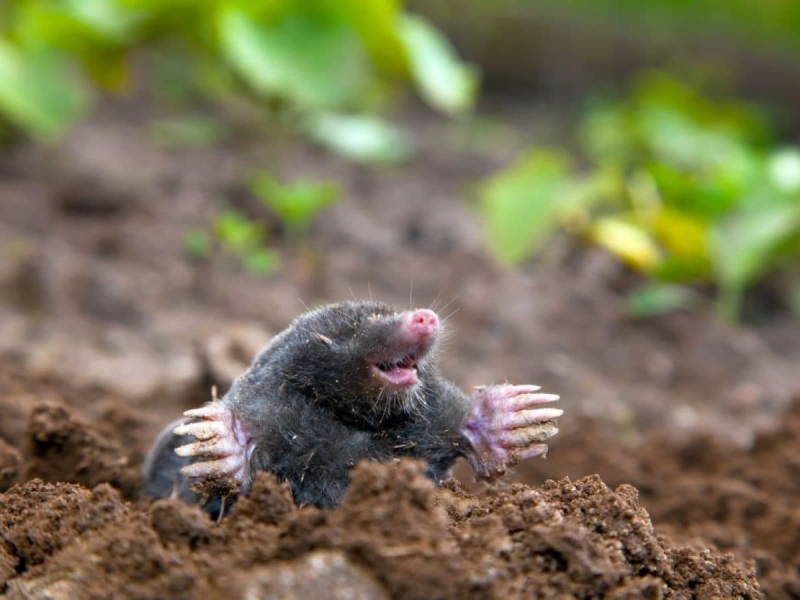
Via: Élite Gestion Parasitaire -
Since they are inherently solitary creatures, koalas value peace. Koalas adore taking time to themselves to relax and take in the silence. Always, they will opt to approach and embrace a tree rather than another koala.
Individual koalas have well-defined territories, and even though they are friendly, they normally treat these places with great respect. Koala babies are often spotted riding on their mother's back. They eventually leave, though, to live a life of freedom and independence alone. Male koalas, with the exception of some dominant, larger males, roam rather than stay in one territory. Male koalas may engage in fights, pursuing and biting one another, if they meet paths.

Via: iStock 
Via: World Wildlife Fund -
The well-being and survival of Central and South American tropical forests are essential to the charming and slothlike creatures that live in treetops. They sleep and stay safe from predators for a large portion of their lives beneath the canopy.
Outside of the breeding season, sloths are solitary animals that rarely socialize. But because of their strict sleeping cycle, sloths rarely have the chance to feel lonely. According to studies from the Planck Institute for Ornithology in Starnberg, Germany, wild sloths rarely sleep for more than 10 hours per day, although captive sloths regularly sleep 15 to 20 hours per day. Sloths love to snooze in the fork of a tropical tree, curled up into a ball. Additionally, they enjoy dozing off while claw-hung from tree limbs.
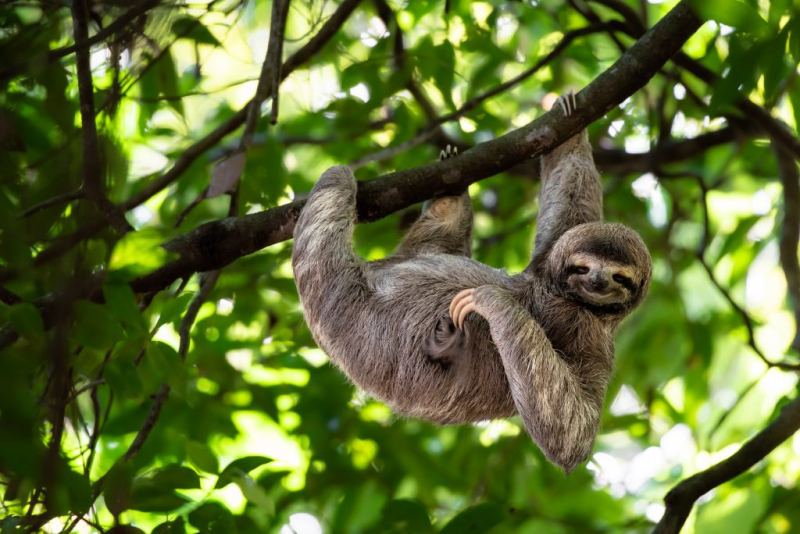
Via: The Sloth Conservation Foundation 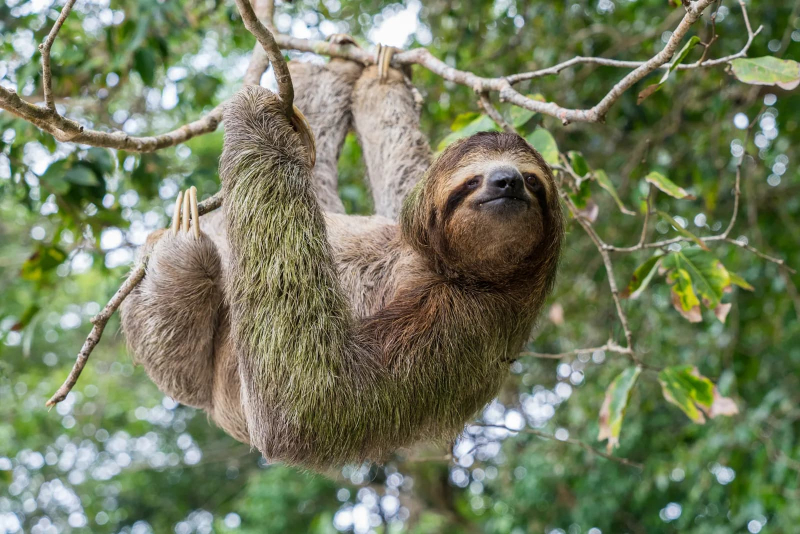
Via: Encyclopedia Britannica -
Wolverines resemble a hybrid between a dog and a bear, but they are actually mustelids, a species of weasel. They actively chastise any creature that approaches them and do not merely wish to dwell alone. One of the most hostile creatures in the world, wolverines are known to occupy enormous territory and fiercely defend them.
These hardy creatures live alone and require a lot of space to wander. In quest of food, individual wolverines can cover up to 15 miles each day. Wolverines frequent the isolated boreal woods, taiga, and tundra in the northern latitudes of Europe, Asia, and North America due to these ecological needs.
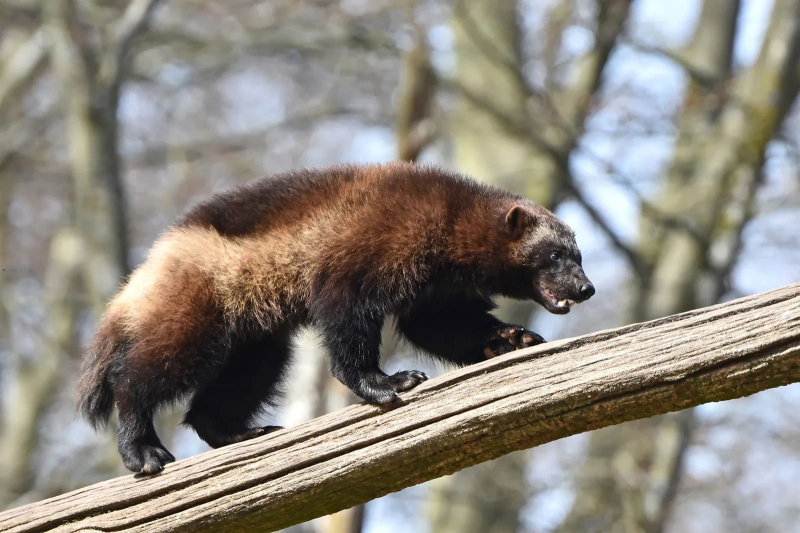
Via: Encyclopedia Britannica 
Via: Encyclopedia Britannica -
The spotfin lionfish are as stunning and interesting fish. They are solitary for most of their adult life and will aggressively protect their home territory from other members of the same species or those of different species using their venomous dorsal spines. Compared to females, males are more aggressive.
These animals are ferocious predators, just as their name implies. The spotfin lionfish hunts primarily at night and will consume nearly any fish or crustacean it can grab. Since they spend a lot of energy seeking and must consume a lot of food, these often slow fish are often driven by hunger. Even though the finishes most of its feeding during the first hour of the night, it will stay outside until dawn.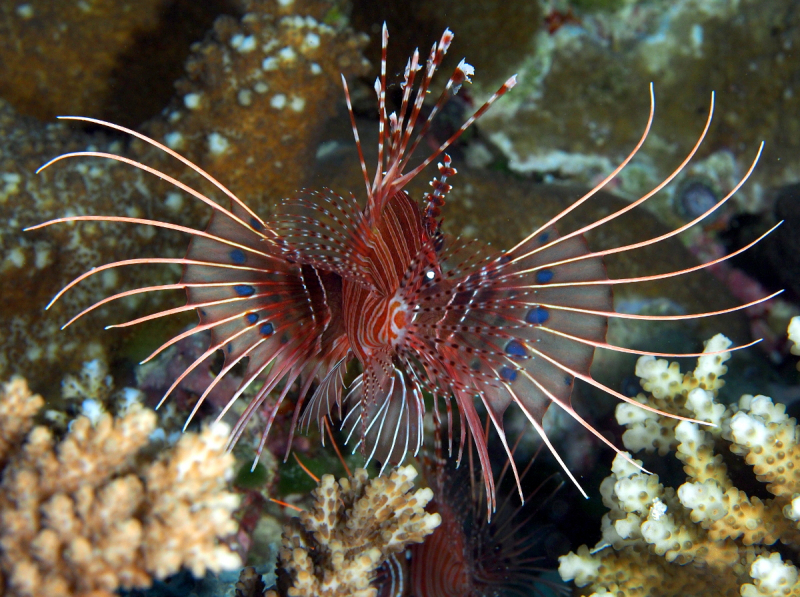
Via: Reef Guide 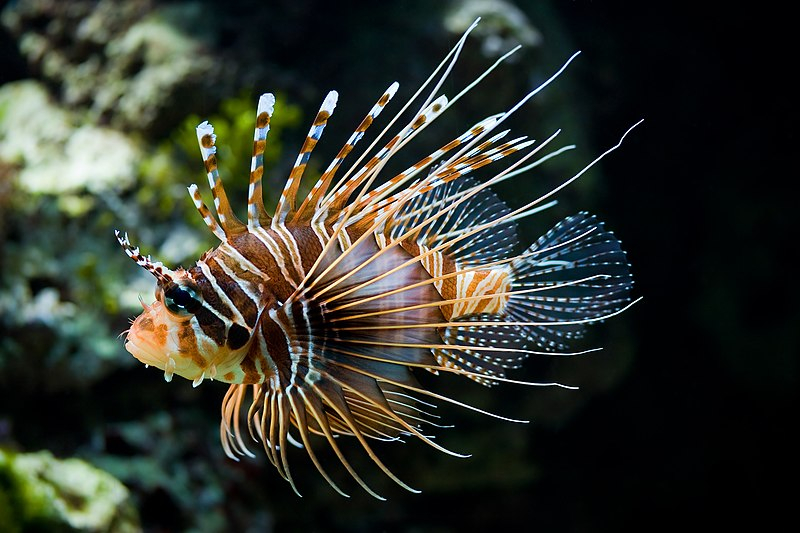
Via: Wikipedia















